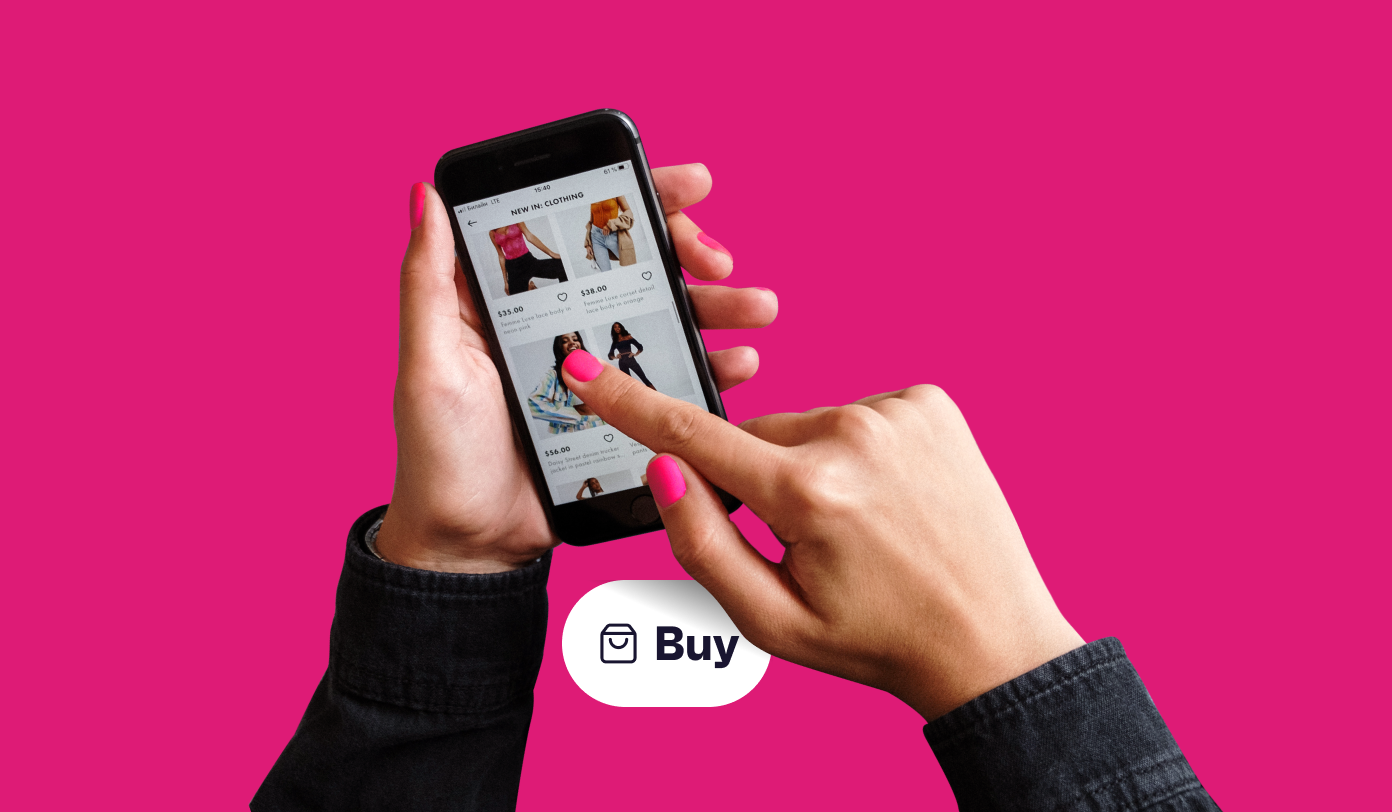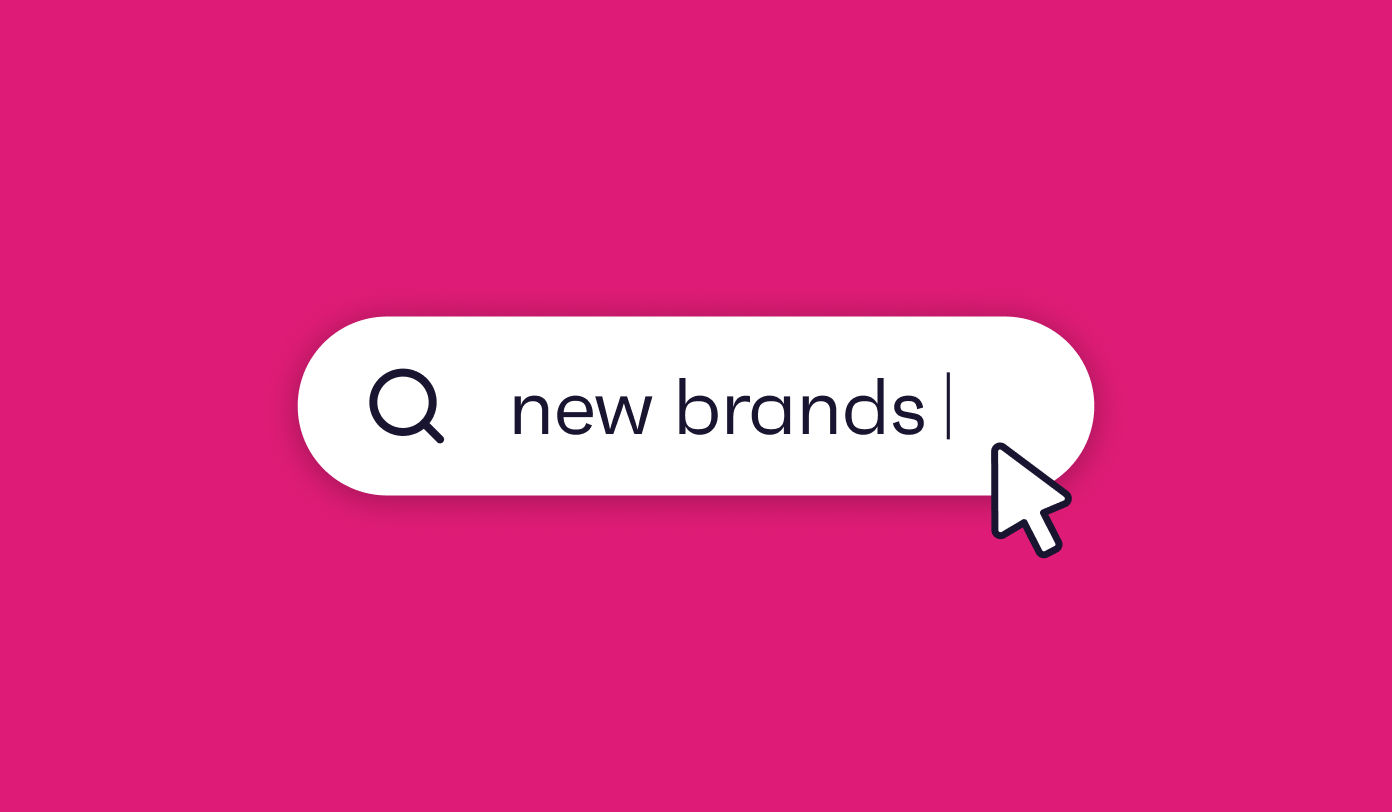Every business needs to know why people are talking about their brand. Social media monitoring means using social platforms to listen to conversations and social mentions of your brand, product, services, competitors and industry trends. It’s one way of understanding how people perceive you, giving you first-hand public opinion that’s real-time, authentic and candid. But does all this data from various social media monitoring tools tell you all you need to know?
What are the benefits of social media monitoring?
40% of 16-24 year-olds are using social networks / social media as a key research channel. As social media engagement continues to play a more central role in every stage of the online purchase journey, more brands are turning to these platforms to gage what people think and feel. Listening intently to your audience is important for every aspect of marketing strategy and media planning, and there are a number of reasons why.
1. It gives you first-hand feedback on your brand.
Listening to what people are saying about your brand can give you an idea of how you should respond. According to a recent survey by Clutch, businesses undertake social listening to get feedback that helps them improve their products (25%) and provide better customer service (21%).
2. It allows you to respond quickly.
Today’s consumers react fast on what they discover. They don’t shy away from sharing their opinions about brands and advertising and social media is often the first place they turn to do so. This makes it an ideal space to evaluate how people are reacting to your brand and your campaigns – fast.
Expedia Canada is one brand that used sentiment analysis to its advantage via its social media presence. For one of its commercials, the teams monitored the increasingly negative brand mentions and online presence caused by feedback they were getting around the frequency of the ad and the music it featured. The brand responded by turning this negativity on its head, airing a new version that featured the offending violin being smashed. This reputation management process proved to their consumers they were listening and ready to react, taking their feedback on board.
3. It helps you identify influencers and brand advocates.
Being able to spot the people actively endorsing your brand on social channels enables you to build on these relationships and harness their reach. A social media strategy focused on rewarding brand champions with sneak previews of new products or inviting them to share their feedback on marketing campaigns or interaction with review sites shows them they’re valued, and encourages endorsement of your brand in a genuine way.
Taking social media monitoring to the next level
While social media is a valuable way of collecting raw consumer opinion, taking this to next level with more robust insight is where it’s brought to life.
In-depth research and insight has always been central to the role of a marketer, but with the wealth of real-time social data available today, it’s taking more precedence than ever.
Leading brands are taking social media monitoring to the next level by combining what they find with robust audience profiling data. Blending the passive analytics derived from social media listening tools with active survey data like that offered through GlobalWebIndex means you get the most accurate reading of your consumers imaginable.
This level of social monitoring will give you in-depth answers to your questions around what really defines your audience and what will resonate with them.
Combining analytical data for more effective social marketing campaigns
For any marketing campaign to be effective, it needs the right insights behind it. And while the best social media monitoring tools can give you a glimpse into public opinion and social engagement, it’s simply not enough to drive a campaign that works.
Audience profiling works with behavioral analytics tools and social media analytic data to create authentic portraits of your consumers, beyond just their social media profiles – detailing everything from what topics they’re most interested in and the devices they use most to how they perceive themselves and what encourages them to become brand advocates. This level of social media management and understanding is what drives real impact across your marketing efforts and helps improve potential reach.
-
Step 1
Profile your target customer audience to find out what interests and perceptions you need to tap into with your messaging and where is best to reach them. This will also help you identify the brands and social media influencers most relevant to your target audience.
-
Step 2
Use social media monitoring to analyze public sentiment post campaign release. This can be explored in more depth by running ad effectiveness studies, like those offered by our GWIQ research tool. Team members can then use social media marketing to engage and nurture the influencers and advocates you’ve identified to give your ideas more leverage.
Why brands can’t ignore a growing population
94% of online adults now have an account with at least one social media platform, while on a global scale, internet users engage with their free social media accounts such as Facebook, Twitter, LinkedIn and more, for a daily average of over two hours.
As these figures continue to rise and interaction with brands take place in real-time, social media channels are playing a more prominent role in the online purchase journey. While some brands are making the mistake of focusing solely on social listening tools, taking this to the next level of social media management by starting with powerful consumer data and insight is where top marketers are taking the lead.
In short – know your audience, and listen to what they have to say.






.webp?width=495&height=317&name=pink_thumb_graphs%20(1).webp)
.webp?width=495&height=317&name=pink_thumb_letter%20(2).webp)
